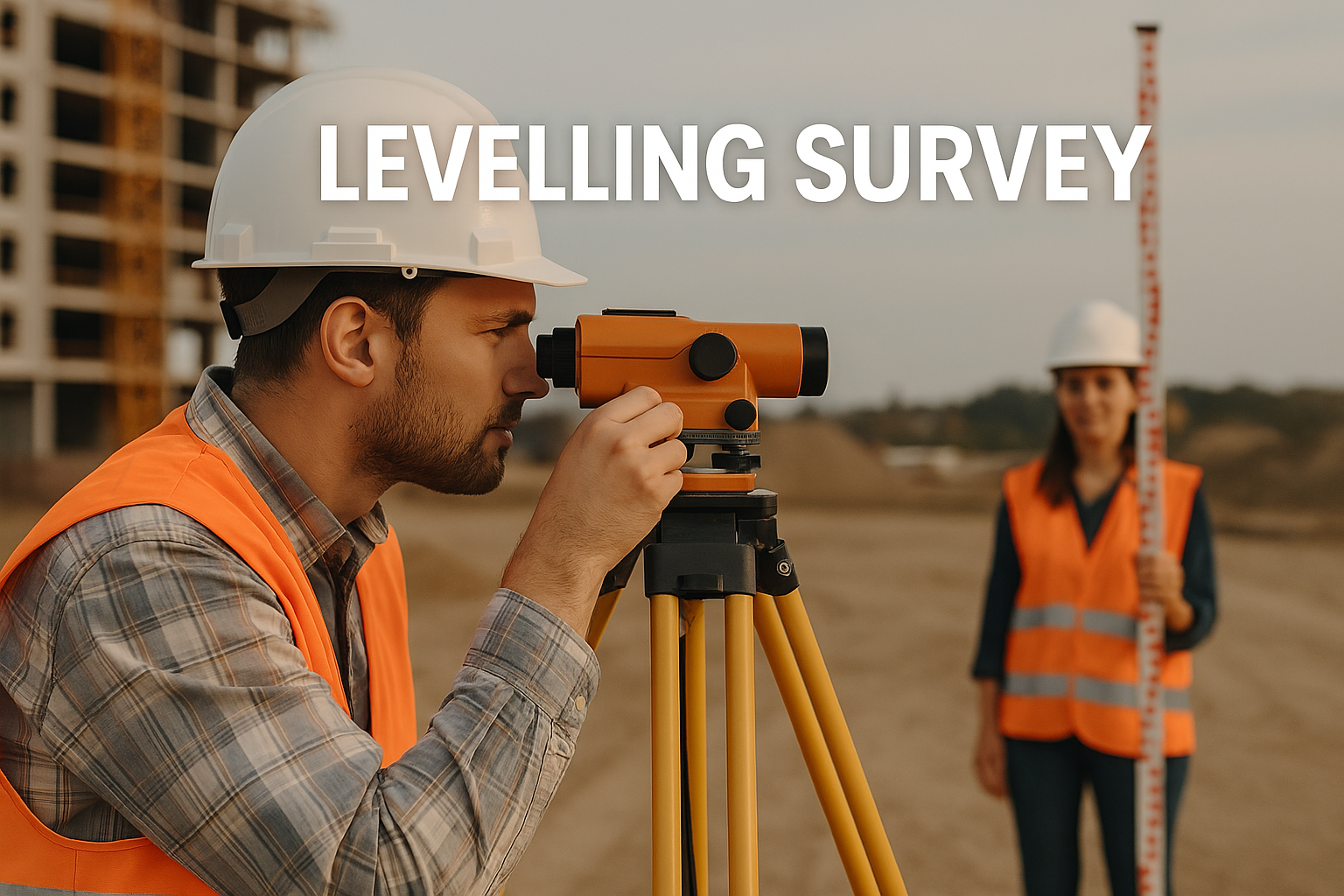Welcome to the Legacy Technical Institute Gnomio Platform—your gateway to innovative and industry-focused technical education. At Legacy Technical Institute, we are committed to providing learners with a structured, interactive, and engaging digital experience that fosters technical excellence. Our Gnomio-powered platform serves as a centralized hub where students can access well-curated learning resources, collaborate with peers, and engage in dynamic coursework that strengthens both practical and theoretical understanding.
We understand that mastering technical concepts requires a balance of precision and creativity. That’s why our platform integrates vibrant visuals, well-organized course modules, and intuitive layouts that enhance the learning journey. Whether you’re diving into engineering principles, exploring construction technologies, or refining problem-solving skills, our digital learning space ensures that every student has access to the tools needed to excel.
Through assessments, discussion forums, and interactive quizzes, learners can reinforce their knowledge in a stimulating environment. Our structured approach is designed to help students build competence and confidence in their fields, while fostering a culture of curiosity and continuous learning. Join us today and take your technical education to the next level with the Legacy Technical Institute Gnomio platform—where innovation meets expertise!


